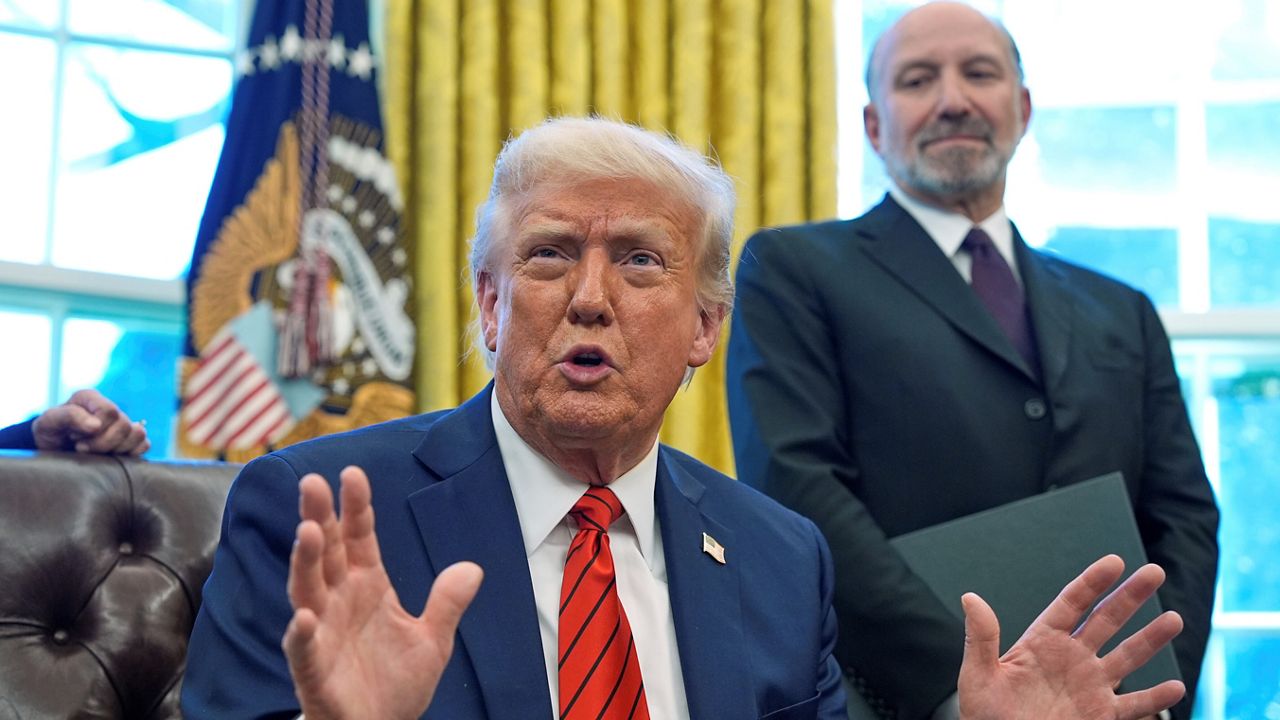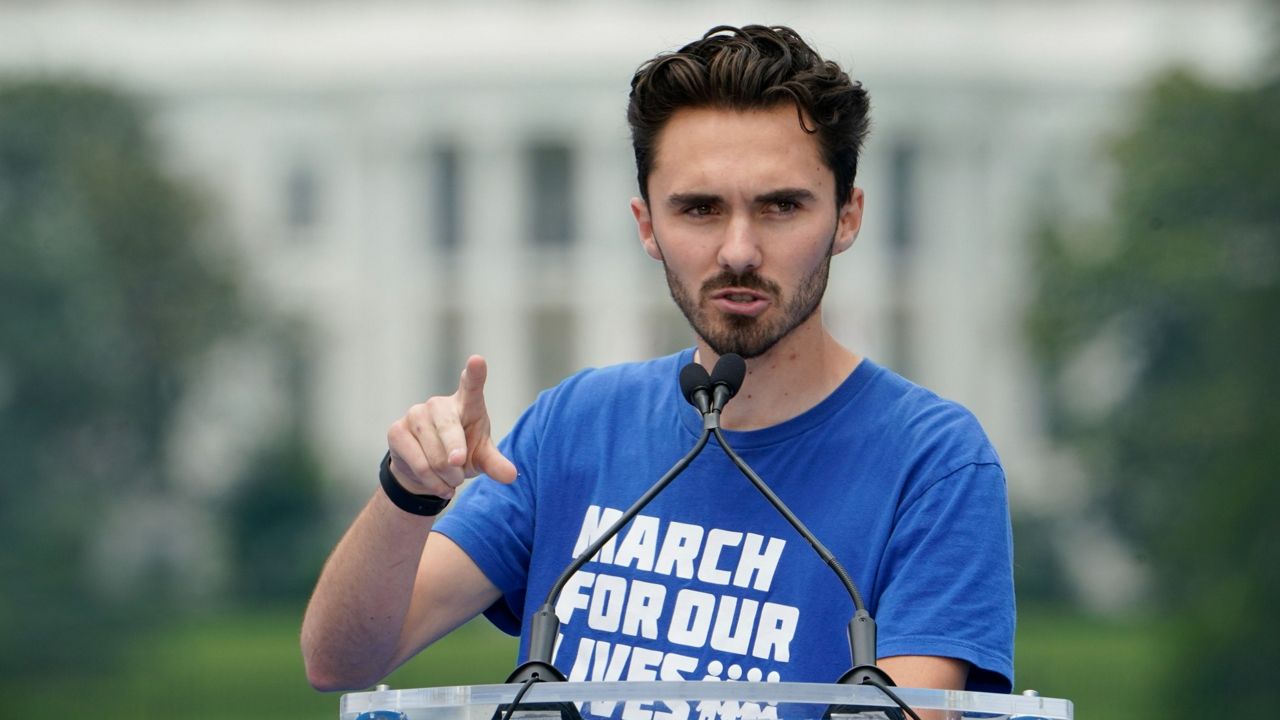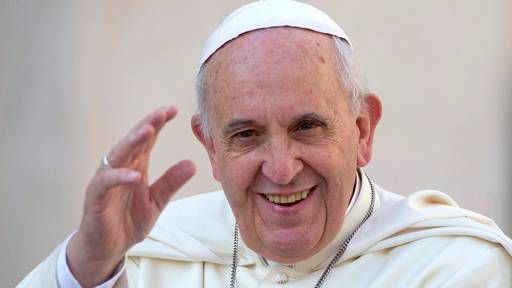LOS ANGELES — Inside the Chinese Historical Society of Southern California is a rotating display made years ago by a group of local girl scouts. It details the Chinese American experience in California, complete with many old photographs.
“You need photos to be able to tell the story,” Jennifer Takaki said, as she admired their project.
The small house turned museum is full of photographs and where there are photos of the Asian American Experience, Takaki said Corky Lee can be found.
“Guess who’s here!” longtime member Susan Fong Sing explains, pointing to a large sticker — a drawing of Lee holding his ever-present camera.
“He is everywhere!” Takaki laughed.
And she would know. Her film "Photographic Justice: The Corky Lee Story" follows the second generation Chinese American photographer, documenting his 50 year quest to document AAPI communities.
“I think my contribution was for me to use photography as an organizing tool for social change,” Lee said in the film.
“Corky’s, photos are an incredible treasure trove,” Takaki explained, “because they really kind of show the Asian Americans pages, in Corky’s own word, that are missing in American history.”
His passion began, Takaki said, when Lee was in middle school and saw a photo taken at the completion of the Transcontinental Railroad. What stuck with him was the absence of Chinese Americans — thousands of whom lost their lives building that railroad.

“The audacity. They didn’t want the Chinese to be photographed as part of the celebration,” Lee said in the film. “And I decided I should do something about it.”
Years later, he brought descendants of those workers back to that exact spot to correct the history.
“And he took a photo,” Takaki said. “And for him, that really was photographic justice.”
Correcting the past was one thing, but in a way a majority of his career was spent making sure that AAPI communities were not left out of the historical record as it was being written. In the 70s he was part of the Asian Media Collective — or AMC—documenting political movements and protests against police brutality. Following 9/11, he spent some time at the World Trade site, making sure the contributions of Asian-American firefighters were remembered.
A photo he took graces the cover of the book “Voices of Healing: Spirit and Unity After 9/11 in the Asian American and Pacific Islander Community.” Sing pulled the book off a shelf and showed it to Takaki.
“Corky loved that book,” the director said. “For Corky, everything is about representation. And so what was important to him, right? You know what this is, Susan? It represents, you know…”
“We are part of the American fabric,” Sing said with a definitive nod of her head. “That’s what it is.”
To that end, Lee’s lens wasn’t just focused on major events but also the lives of everyday people, people who Eugene Moy, a charter member of the Chinese History Society, says have struggled not just to find their place in history but in America.
“There are many who don’t see Asian Americans or Chinese Americans as being fully American,” he said, “even though some of us, like myself, have been here for four generations.
Lee’s photos, he said, had a way of capturing the internal lives of his subjects in a very visceral way.
“Hopefully, it shows the strength and endurance and the motivations of the people who are still trying to achieve full Americanship in society,” Moy explained.
Takaki had been working with Lee on the documentary when the pandemic hit. Even then, in his 70s, he was out in the streets, camera in hand, covering Asian American hate crimes. He died of COVID in 2021, leaving behind what he estimated to be a million photographs. But more than that, Takaki says, he also left a sense of belonging for future generations.
“Currently their identity and culture is under attack,” she explained, “but knowing that there are people like Corky who existed before them, I think, really helps them understand who they are and why, you know, their story matters.”











